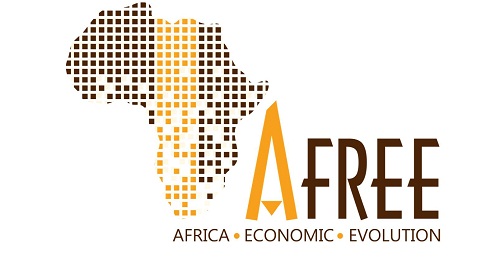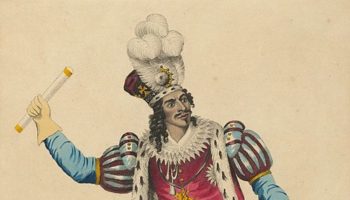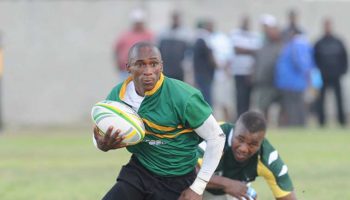African dance refers mainly to the dance of Sub-Saharan Africa, and more appropriately African dances because of the many cultural differences in musical and movement styles. These dances must be viewed in close connection with Sub-Saharan African music traditions and Bantu cultivation of rhythm. African dance utilizes the concept of as well as total body articulation.
Members from the Kankouran West African Dance Company perform during a ceremony in the Rose Garden, White House in 2007
Dances teach social patterns and values and help people work, mature, praise or criticize members of the community while celebrating festivals and funerals, competing, reciting history, proverbs and poetry; and to encounter gods. African dances are largely participatory, with spectators being part of the performance. With the exception of some spiritual, religious or initiation dances, there are traditionally no barriers between dancers and onlookers. Even ritual dances often have a time when spectators participate.
Traditional dance in Africa occurs collectively, expressing the life of the community more than that of individuals or couples. Early commentators consistently commented on the absence of close couple dancing: such dancing was thought immoral in many traditional African societies. In all sub-Saharan African dance, there seems to be no evidence for sustained, one-to-one male-female partnering anywhere before the late colonial era when it was apparently considered in distinctly poor taste. For the Yoruba, to give a specific example, touching while dancing is not common except in special circumstances.The only partner dance associated with African dances would be the Bottle Dance of the Mankon People in the Northwest Region of Cameroon or the Assiko from the Douala people that involve an interaction of Man and Woman and the way that they charm each other.





